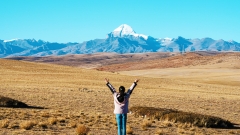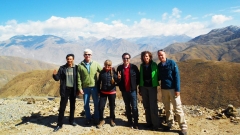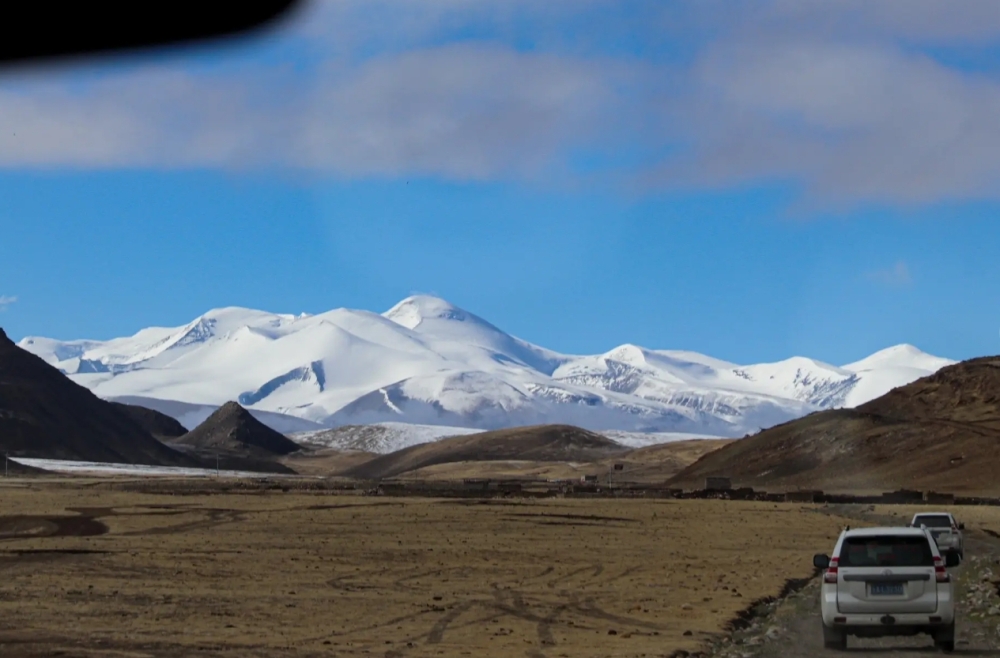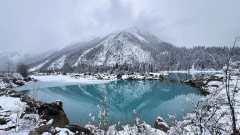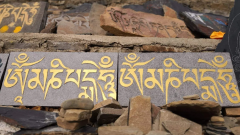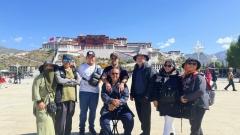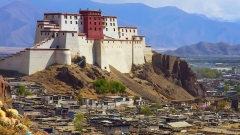Nestled in the historic town of Gyantse, the Kumbum Stupa is one of Tibet’s most remarkable religious monuments. Known for its exquisite architecture and spiritual depth, this nine-tiered structure blends artistry with profound Buddhist symbolism. Often called the “Great Stupa of Gyantse,” it attracts pilgrims and travelers alike with its harmonious design and wealth of sacred murals and statues. For those exploring Tibet, a visit to the Kumbum Stupa offers an inspiring journey into both history and spirituality.
The Historical Background of Kumbum Stupa
The Kumbum Stupa, also known as the Gyantse Kumbum, was constructed in the early 15th century during the reign of Prince Rabten Kunsang Phak. Built under the patronage of the prince and local nobility, it was designed to honor the legacy of Buddhism and promote the spread of the Gelug school.
Gyantse itself was once a key cultural and trade hub, strategically positioned on the route between India and central Tibet. The construction of such a magnificent stupa symbolized the town’s importance and devotion. Even today, the monument stands as a proud reminder of Tibet’s golden age of Buddhist architecture.
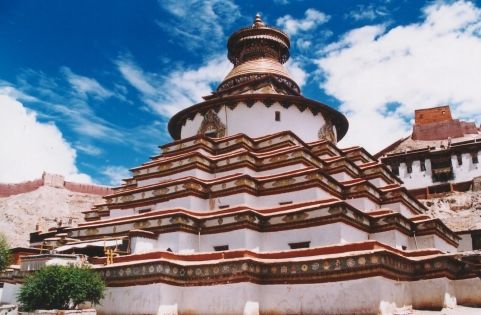
Gyantse Kumbum
Unique Architectural Features
The word Kumbum means “one hundred thousand images,” a fitting name for a structure that embodies countless Buddhist representations. Rising over 32 meters in height, the stupa is designed in a tiered mandala form, symbolizing the path to enlightenment.
-
Nine Levels: The stupa contains nine levels, each representing stages of spiritual progress.
-
Chapel Layout: Within these levels are 77 chapels and shrines, housing an extraordinary array of statues and paintings.
-
Mandalic Design: The stupa itself is considered a three-dimensional mandala, guiding practitioners through the Buddhist cosmos from the base (worldly existence) to the summit (enlightenment).
-
Circular Structure: The harmonious blend of geometric design with religious symbolism makes the Kumbum Stupa unique in all of Tibet.
Interior Treasures: Murals and Sculptures
Inside the Kumbum Stupa lies one of the finest collections of Tibetan Buddhist art. The walls are adorned with vibrant murals depicting deities, protective figures, and scenes from the Buddha’s life.
-
Murals: Many murals reflect Indian, Nepali, and Chinese artistic influences, making them invaluable for understanding cross-cultural exchanges in the region.
-
Statues: From small clay figurines to larger gilded images, the statues represent different aspects of Buddhist cosmology.
-
Pilgrimage Path: Devotees traditionally circumambulate the chapels clockwise, offering prayers as they ascend toward the upper tiers.
For art historians and spiritual seekers, the Kumbum Stupa is both a visual treasure house and a sacred sanctuary.
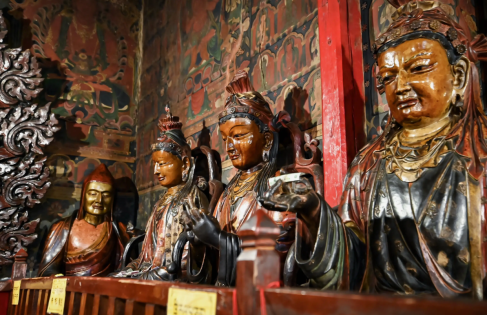
Religious and Cultural Importance
The Kumbum Stupa is not merely an architectural wonder; it is a living monument of Tibetan Buddhism. Pilgrims from across the plateau travel to Gyantse to make offerings, light butter lamps, and seek blessings.
Symbolically, ascending the nine levels represents the practitioner’s path from ignorance to wisdom. Each chapel provides teachings through visual representation, reinforcing the principles of compassion, meditation, and enlightenment.
Culturally, the stupa reflects Tibet’s openness to external influences. The blending of artistic styles demonstrates how Tibet absorbed and reinterpreted Buddhist traditions from India, Nepal, and China, forging a unique identity.
Visiting Kumbum Stupa: A Traveler’s Experience
For modern visitors, the Kumbum Stupa offers a profound encounter with Tibetan spirituality and art. Here are some travel tips for experiencing it fully:
-
Best Time to Visit: The stupa is accessible year-round, though spring and autumn (April–June, September–October) offer the most comfortable weather.
-
Combine with Pelkor Monastery: The stupa is part of the larger Pelkor Chöde Monastery complex. Exploring both sites provides a richer understanding of Gyantse’s religious heritage.
-
Take Your Time: With 77 chapels and countless murals, it is worth moving slowly to absorb the artistry and symbolism.
-
Respect Local Customs: Dress modestly, walk clockwise, and avoid disturbing pilgrims during rituals.
-
Practical Travel: Foreign visitors require a Tibet Travel Permit, which can be arranged by registered agencies such as China Dragon Travel, offering guided tours that include Gyantse and other cultural highlights.
Why Gyantse and the Kumbum Stupa Matter
While Lhasa and Shigatse often dominate travel itineraries, Gyantse remains one of Tibet’s most authentic towns, with fewer crowds and a strong traditional atmosphere. The Kumbum Stupa is the crown jewel of Gyantse, reflecting the town’s historic role as a spiritual and cultural crossroads.
For travelers seeking depth beyond the usual highlights, visiting the Kumbum offers an unparalleled opportunity to step into Tibet’s living history. Whether admired for its architectural genius, its wealth of sacred art, or its enduring spiritual resonance, the stupa leaves an indelible impression on every visitor.
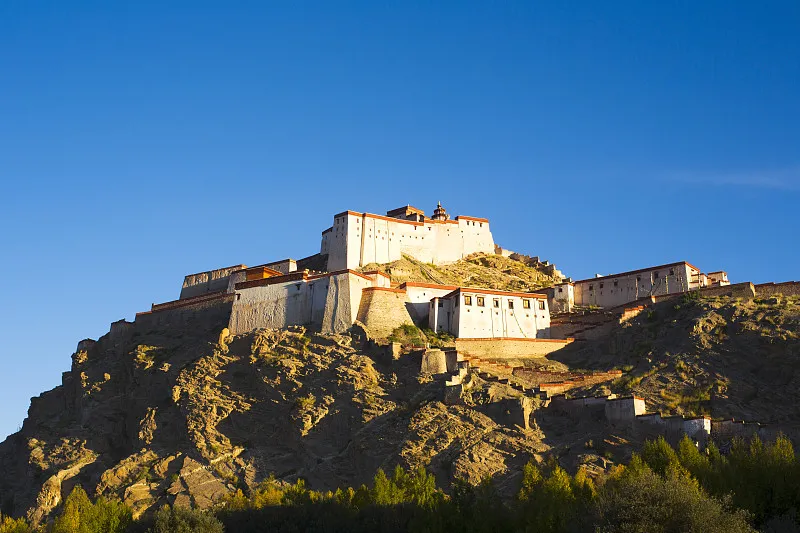
Gyantse Castle in Shigatse, Tibet
Conclusion
The Kumbum Stupa in Gyantse is rightly hailed as a masterpiece of Buddhist architecture. Its unique mandalic structure, stunning murals, and profound symbolism make it one of Tibet’s greatest treasures. Beyond its artistic brilliance, the stupa remains a living center of devotion, where pilgrims continue to seek blessings and enlightenment.
For those who journey to Tibet, experiencing the Kumbum Stupa is both an educational and spiritual highlight. With the support of experienced travel partners like China Dragon Travel, visitors can explore not only this magnificent stupa but also the rich cultural landscapes of Tibet that surround it.





